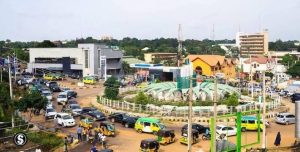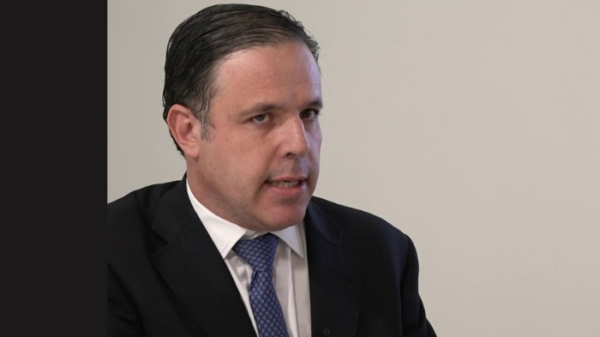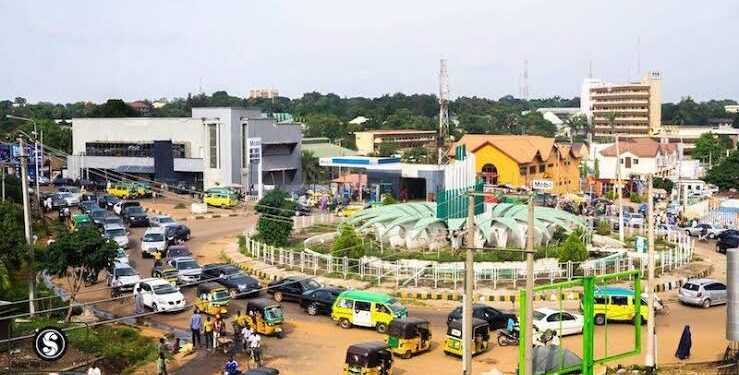Latest figures from the National Bureau of Statistics (NBS) show that the cost of living rose sharply across Nigeria in March 2025, with Kaduna emerging as the most expensive state.
According to the March 2025 Consumer Price Index (CPI) report, Nigeria’s headline inflation hit 24.23%, up from 23.18% in February, marking a steady increase in price levels across sectors. The hike was mainly driven by food, transportation, accommodation, and other essential services.
On a month-on-month basis, inflation rose by 3.90%, faster than February’s 2.04%, signaling a more intense pressure on household budgets. The main drivers of inflation included food and non-alcoholic beverages (9.28%), restaurant and accommodation services (2.99%), transport (2.47%), and housing and utilities (1.95%).
Food inflation, a major burden for households, climbed to 21.79%, compared to 20.01% in February. Price increases were seen in staple items like fresh ginger, Ofada rice, honey, yello
1. Kaduna
– Inflation Rate: 33.3%
– Monthly Increase: 18.8%
– Food Inflation: 31.1%
Kaduna recorded the steepest rise across all categories, largely due to insecurity, fuel costs, and logistics disruptions.
2. Osun
– Inflation Rate: 32.1%
– Monthly Increase: 16.5%
Service and rent costs in urban centres contributed significantly.
3. Kebbi
– Inflation Rate: 30.7%
– Monthly Increase: 12.2%
Food prices rose by 14.0% in one month due to farming challenges.
4. Oyo
– Inflation Rate: 30.0%
– Monthly Increase: 14.4%
– Food Inflation (Monthly): 19.7%
Oyo recorded the highest monthly food inflation in Nigeria.
5. Jigawa
– Inflation Rate: 29.9%
Transport costs and seasonal demands pushed prices higher.
6. Zamfara
– Inflation Rate: 29.2%
Impacted by rural insecurity and food belt disruptions.
7. Lagos
– Inflation Rate: 29.0%
High rent, service costs, and urban demand keep Lagos expensive.
8. Kano
– Inflation Rate: 28.9%
– Monthly Spike: 12.2%
Distribution bottlenecks worsened inflation in northern markets.
9. Imo
– Inflation Rate: 28.7%
Minor relief came as food prices dipped by 0.2%.
10. Edo
– Inflation Rate: 28.3%
Prices actually declined month-on-month by 0.9%, showing a rare improvement
As Nigeria battles persistent inflation, these states reflect how economic pressures are unevenly distributed across the country. Food inflation remains the biggest contributor, affecting millions of households, especially those with lower incomes.
The continued rise in living costs underscores the urgent need for structural reforms in agriculture, transport, energy, and security to ease inflation and improve quality of life.

















































































































